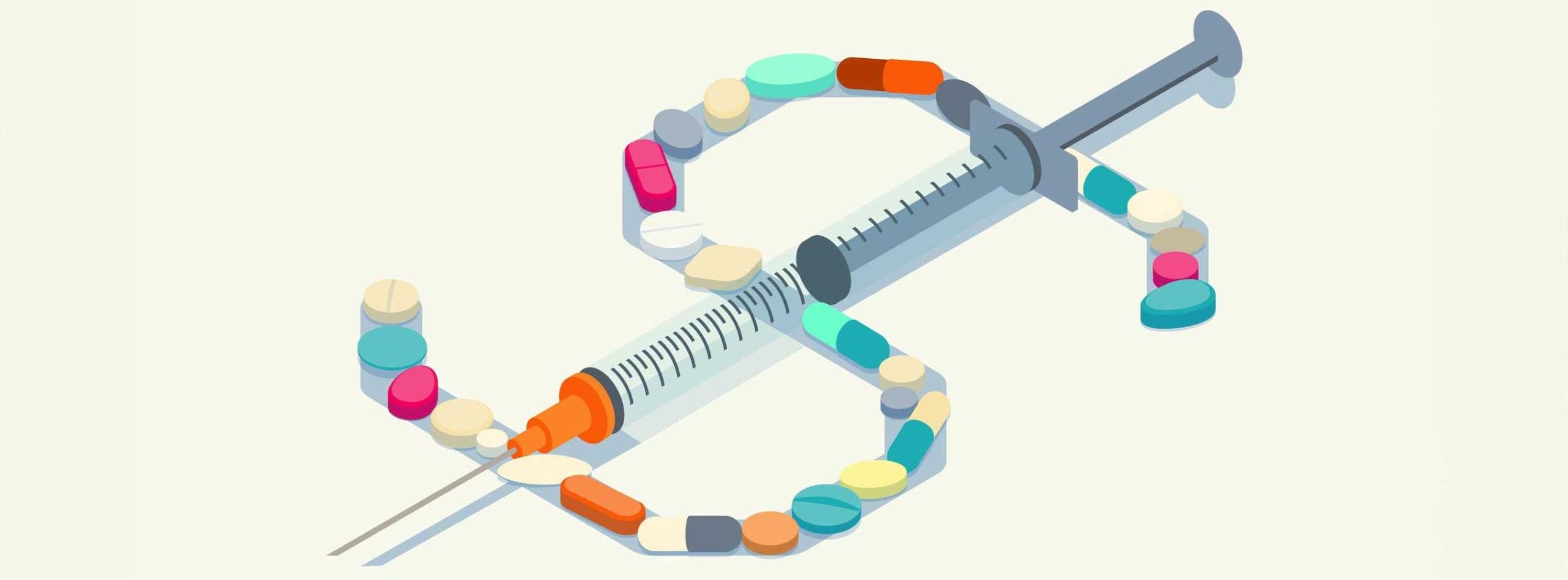With more states in the US set to introduce pharma price transparency laws to help control spending and understand price increases, and with the Inflation Reduction Act looming on the horizon, Kyle Forcier, Senior Director, Life Science Product Marketing, Model N explains the impact of such laws, increased cost of compliance due to administrative challenges and fallout of non compliance, in an interview with Viveka Roychowdhury.
 Governments across the world have been trying to reduce the cost of medicines and medical care. How are drug prices regulated/ monitored/controlled in the US? Although the US lacks federal drug price controls, nearly half of states have their own price transparency laws. The statutes apply to US and foreign drug makers and require pharma companies to generate and publish reports on triggering events, such as wholesale acquisition cost (WAC) price increases, annual price lists, new drug pricing, newly acquired products, and new drug applications. The individual state legislatures created these laws to help control pharma spending and better understand the rationale for price increases.
Governments across the world have been trying to reduce the cost of medicines and medical care. How are drug prices regulated/ monitored/controlled in the US? Although the US lacks federal drug price controls, nearly half of states have their own price transparency laws. The statutes apply to US and foreign drug makers and require pharma companies to generate and publish reports on triggering events, such as wholesale acquisition cost (WAC) price increases, annual price lists, new drug pricing, newly acquired products, and new drug applications. The individual state legislatures created these laws to help control pharma spending and better understand the rationale for price increases.
Each state has unique reporting thresholds, formats, data requirements, deadlines, and processing methods, creating significant administrative challenges for manufacturers.
The federal government’s Inflation Reduction Act (IRA) authorises the Secretary of the Department of Health and Human Services (HHS) to negotiate prices directly with participating manufacturers for selected drugs with high total spending and high expenditure, single-source drugs without generic or biosimilar competition. The new law also requires drug companies to pay a Medicare rebate on prices that rise faster than the inflation rate.
The 340B Drug Pricing Program requires pharma manufacturers to enter an agreement, called a pharmaceutical pricing agreement (PPA), with the government in exchange for having their drugs covered by Medicaid and Medicare Part B. As part of this agreement, pharmaceutical manufacturers must provide outpatient drugs at discounted prices to certain healthcare organisations serving low-income and uninsured patients. The manufacturers cannot charge covered entities prices more than statutorily defined 340B ceiling prices for covered drugs. Manufacturers determine the 340B price from related price calculations, including average manufacturer price (AMP), best price (BP), and the Medicaid unit rebate amount (URA), each of which requires extensive data and complex formulas.
To date, 22 states have introduced pharmaceutical price transparency laws to help them control spending and understand price increases. Has this reduced the cost of care for patients? If yes, by how much?
Transparency laws are relatively new, so long-term impacts are yet to be determined. Early research suggests states with these laws have seen fewer drug price increases trigger reporting requirements, but launch prices and overall spending on prescription drugs continued to increase. According to Maine’s drug price transparency report, when generic drug prices decrease, payers and consumers may continue paying higher prices due to the complicated relationship between the list price set by manufacturers and the average wholesale price (AWP).
How have such laws impacted industry stakeholders in the pharma supply chain, like pharma manufacturers, pharmacy benefit managers, wholesalers, pharmacies, hospitals, insurers etc?
State transparency laws create a significant administrative burden on manufacturers. Drug makers must manage all relevant data and comply with each state’s unique rules, requirements, deadlines, and formats. Reporting complexity grows with each product on the market because each medicine requires a report.
Additionally, the federal government and all 50 state legislatures constantly propose, pass, or modify new legislation, requiring companies to monitor all of this legislative action. At any given time, more than 500 proposals may be under consideration.
Pharma companies can no longer rely on spreadsheets to manage this complex information. These laws underscore the urgency of digital transformation to handle compliance.
Has the cost of compliance with price transparency laws increased? If yes, by how much?
While we know the cost of price transparency compliance has increased, the exact amount is impossible to quantify.
Associated costs include:
- Necessary technology investments.
- Additional staffing and time for reporting.
- Adjustments to market pricing strategies.
- Fines for noncompliance.
How will the Inflation Reduction Act further impact pharma/medical pricing in the US?
Medicare drug price negotiation will impact more than just the 10 drugs on the current negotiation list. The reduced prices for these medications will create competition across the entire therapeutic category, potentially diminishing revenue and forcing manufacturers to adjust other drug prices, resulting in higher commercial drug prices.
What do pharma companies serving the US market need to do to ensure better compliance with state medicine price transparency laws?
Pharma companies should create and/or maintain a central repository to track each state’s specific transparency reporting requirements, deadlines, formats, and data needs. Manufacturers must closely monitor all 50 states for new and changing legislation, updating their databases as necessary.
Manual Excel trackers are woefully inadequate in this complex regulatory environment. Implementing automated solutions allows companies to generate state specific reports on schedule using accurate data from multiple sources. These systems also enable cross department visibility and maintain detailed reporting records in case of audits.
Are there different medicine/medical care pricing models that the US or other regulators are discussing/debating?
Value-based and outcome based pricing models are growing in popularity. Value based strategies set prices based on a drug’s value to patients. Germany, Australia, Canada, and some European countries use this approach.
The UK is exploring a Netflix-style subscription model where pharmaceutical companies receive up front payment for their drugs rather than being paid based on prescription volume. Theoretically, decoupling financial incentives from sales volume reduces pressure to sell large amounts and encourages new drug development for rare diseases.
The outcomes-based model is an evolution of value-based models. In this case, there is a tiered pricing structure wherein the payer pays different prices for the same drug depending on a successful outcome for the patient. For example, an insurer will pay up-front for a one-time treatment. If the patient does not reach predefined goals, the company will refund the insurer’s money. This model is becoming more common in healthcare but is still rare in pharmaceuticals.
The challenge with these models is the lack of consensus around metrics to define value as well as the inability to track and measure value and outcomes effectively. The current US system also presents a number of implementation barriers, such as the Medicaid Drug Rebate Program’s (MDRP) “best price” requirement.














